Mobile Equipment Cab Insulation from Elasto Proxy
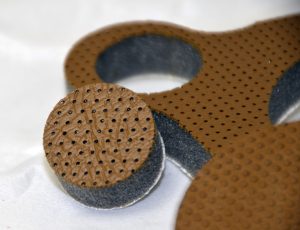 Custom cabin insulation for mobile equipment absorbs sound and provides a finished appearance to cabin interiors. Headliners, door panels, and side panels are made of perforated vinyl foams that, depending on the amount of cabin noise, are typically 1/2” or 1” thick. This acoustic insulation can be hand-cut and applied with spray adhesives, but that process is labor-intensive, results in material waste, and raises health and safety concerns. Fortunately, there’s a better way to get the cab insulation that you need.
Custom cabin insulation for mobile equipment absorbs sound and provides a finished appearance to cabin interiors. Headliners, door panels, and side panels are made of perforated vinyl foams that, depending on the amount of cabin noise, are typically 1/2” or 1” thick. This acoustic insulation can be hand-cut and applied with spray adhesives, but that process is labor-intensive, results in material waste, and raises health and safety concerns. Fortunately, there’s a better way to get the cab insulation that you need.
Elasto Proxy uses value-added manufacturing to create custom cab insulation for mobile equipment. Water jet cutting makes precise cuts with straight lines or chamfered angles. Taping replaces adhesive spraying with peel-and-stick installation. Kitting, parts marking, and packaging put everything your installers need at their fingertips. Elasto Proxy offers design assistance and help with material selection, too. By choosing cab insulation from Elasto Proxy, you’ll save time and money while improving quality. (more…)

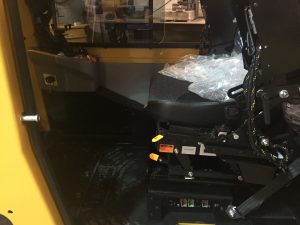 Mobile equipment insulation absorbs sound and deflects heat, helping to keep drivers and operators safe and comfortable. Materials of construction vary, but generally include foams, foils, and facings. For mobile equipment manufacturers, the process of cutting, assembling, and installing thermal insulation and acoustic insulation can result in material waste and concerns about product quality. Manufacturers risk losing sight of their true costs, and potential buyers may notice imperfections in cab and vehicle interiors.
Mobile equipment insulation absorbs sound and deflects heat, helping to keep drivers and operators safe and comfortable. Materials of construction vary, but generally include foams, foils, and facings. For mobile equipment manufacturers, the process of cutting, assembling, and installing thermal insulation and acoustic insulation can result in material waste and concerns about product quality. Manufacturers risk losing sight of their true costs, and potential buyers may notice imperfections in cab and vehicle interiors.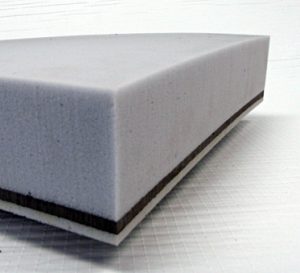 Elasto Proxy explains what engineers need to consider when choosing sound barriers. This article is the third in a multi-part series about acoustic insulation.
Elasto Proxy explains what engineers need to consider when choosing sound barriers. This article is the third in a multi-part series about acoustic insulation. 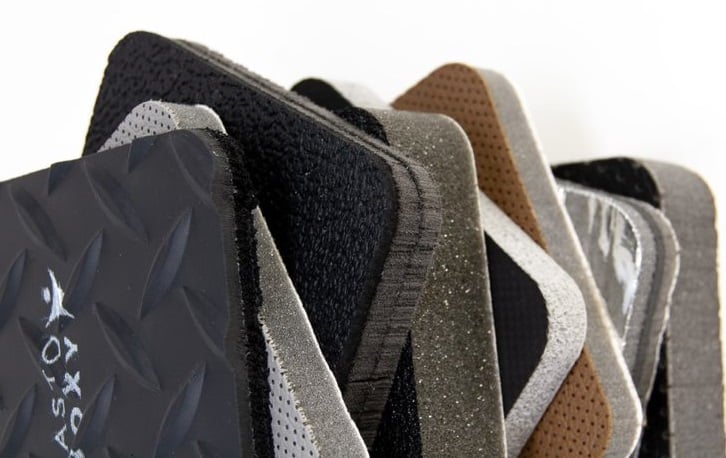

 Americans say “Zee” for the letter Z. Canadians say “Zed” instead. In both North American countries, their militaries say “Zulu” so that radio or telephone messages can be understood clearly. If you’re a defense contractor that makes military vehicles, it’s important to know you’ll receive exactly what you asked for. Elasto Proxy, a trusted member of the defense supply chain, can custom-fabricate thermal acoustic insulation that meets all of your requirements.
Americans say “Zee” for the letter Z. Canadians say “Zed” instead. In both North American countries, their militaries say “Zulu” so that radio or telephone messages can be understood clearly. If you’re a defense contractor that makes military vehicles, it’s important to know you’ll receive exactly what you asked for. Elasto Proxy, a trusted member of the defense supply chain, can custom-fabricate thermal acoustic insulation that meets all of your requirements.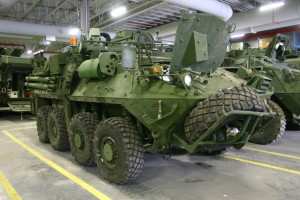
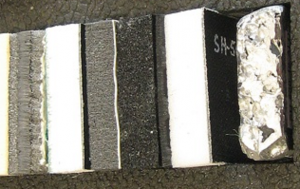 ZMT insulation from Elasto Proxy is a thermal acoustic composite that also resists fire and chemicals. Applications include firewalls and engine bays.
ZMT insulation from Elasto Proxy is a thermal acoustic composite that also resists fire and chemicals. Applications include firewalls and engine bays.






